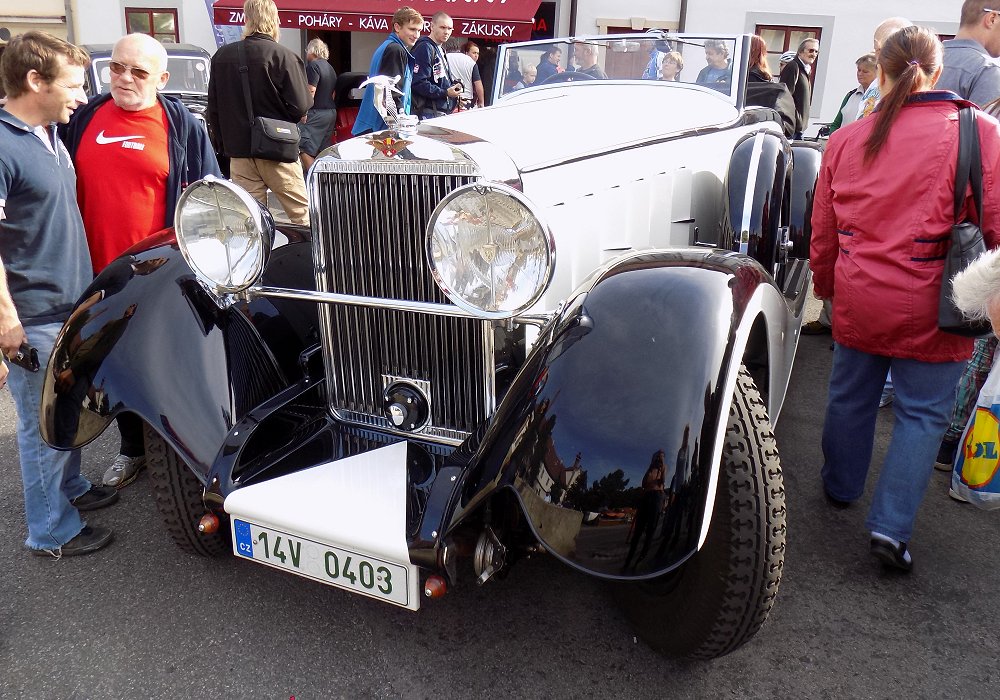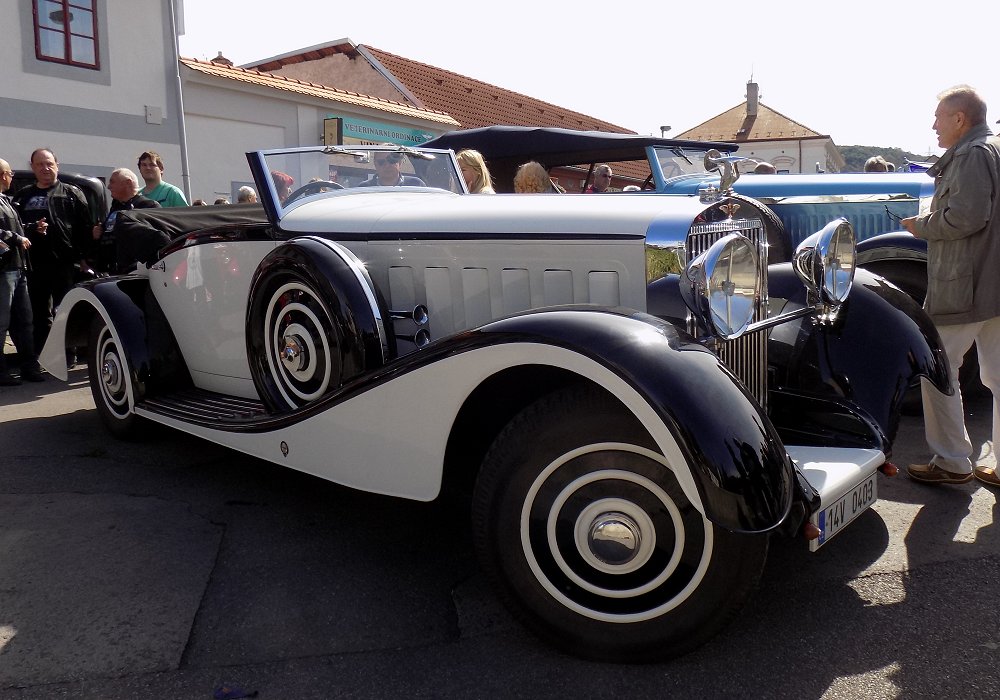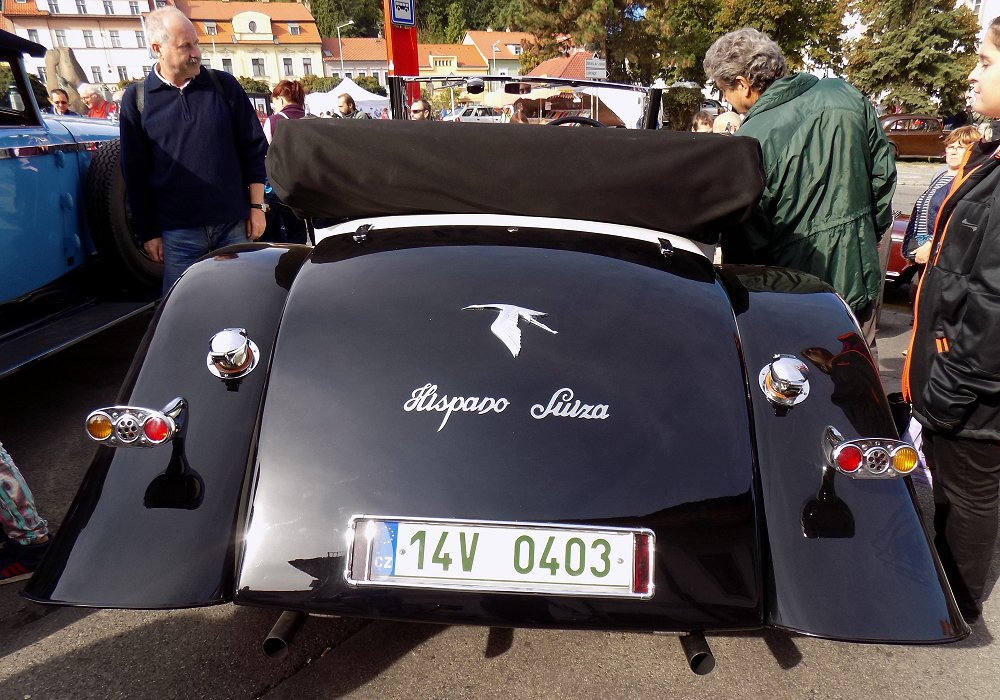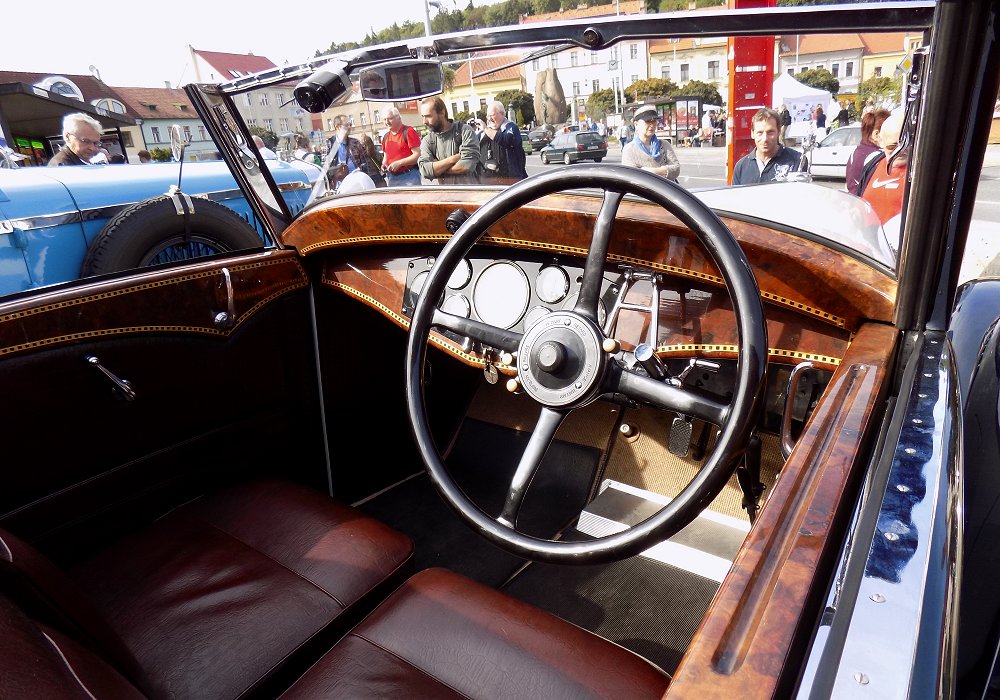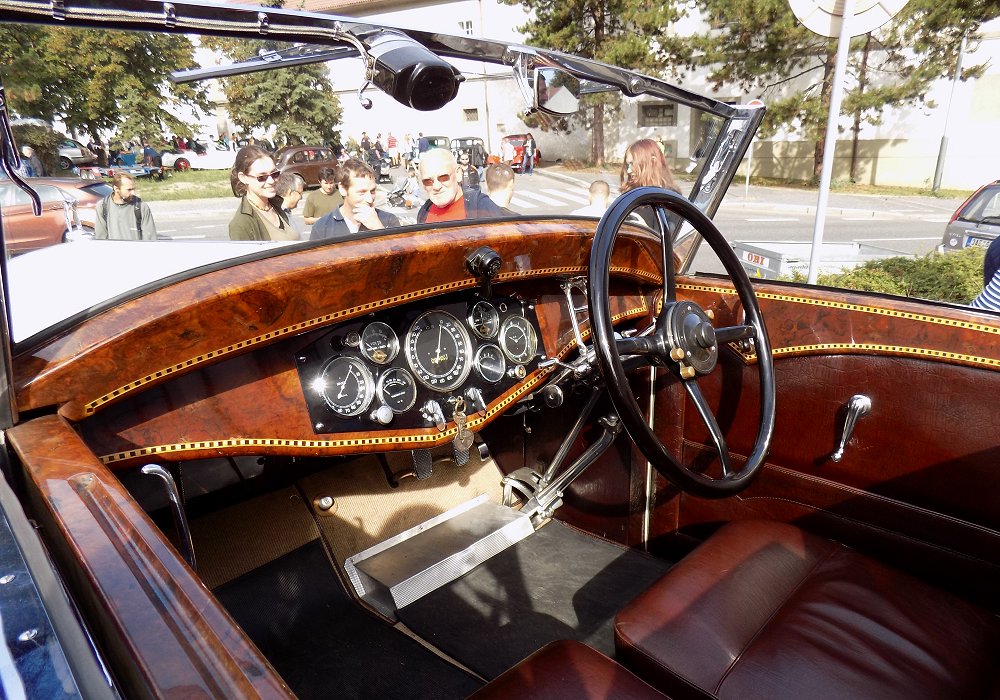Description
The Hispano-Suiza J12 Million-Guiet was one of the most exquisite and technically accomplished automobiles of the 1930s, representing the meeting of two great traditions: the mechanical perfection of Hispano-Suiza and the artistic craftsmanship of the Parisian coachbuilder Carrosserie Million-Guiet. Built on the magnificent J12 chassis—arguably one of the most sophisticated of all prewar luxury car platforms—this collaboration produced a series of bespoke creations that combined power, elegance, and refinement in ways few cars have ever matched.
Introduced in 1931, the Hispano-Suiza J12 was the crowning masterpiece of engineer Marc Birkigt, whose genius had already defined the company’s earlier H6 models and its renowned aircraft engines. The centerpiece of the J12 was its extraordinary V12 engine, constructed entirely from aluminum and machined from solid billets, a process so exacting that it remains almost unparalleled even in modern engineering. The 9.4-litre version developed around 220 horsepower, while the later 11.3-litre variant produced even greater torque and smoothness. The engine’s refinement and silence were legendary—it could idle so smoothly that a coin placed on its edge atop the block would remain upright.
The chassis itself was a masterpiece of design and proportion. It featured servo-assisted four-wheel brakes—an innovation pioneered by Hispano-Suiza years earlier—and an exceptionally rigid frame, allowing for both stability and comfort. Combined with precision steering and a long wheelbase, the J12 delivered a level of performance and composure that placed it in a class of its own. Capable of 160 km/h (100 mph) and effortless high-speed cruising, it was one of the most powerful and technically advanced luxury cars in existence.
Carrosserie Million-Guiet, based in Paris, was among the most refined and artistically daring coachbuilders of its time. Known for its elegant proportions and subtle ornamentation, the firm had a reputation for crafting automobiles that expressed quiet luxury rather than flamboyance. On the Hispano-Suiza J12 chassis, Million-Guiet created several exceptional bodies, including cabriolets, dual-cowl phaetons, and formal coupés, each a bespoke work of art. The designs were characterized by long, flowing lines, delicately curved fenders, and impeccable balance. Chrome was used sparingly, enhancing rather than overpowering the car’s sculptural form.
The interiors of the Million-Guiet-bodied J12s were masterpieces of bespoke craftsmanship. Passengers were surrounded by hand-fitted leather upholstery, rich wood veneers, and polished metal detailing. Every element—from the placement of instruments to the curvature of the door panels—was tailored to the client’s request. Some examples featured dual compartments, with a division between the chauffeur’s cockpit and the rear passenger saloon, creating a luxurious private space for the owner. Small details, such as finely engraved gauges or crystal accessories, further underscored the car’s exclusivity.
Driving a J12 Million-Guiet was an experience that transcended mere transportation. The enormous V12 engine delivered immense torque from idle, allowing the car to accelerate effortlessly and silently. The servo-assisted brakes provided confident control despite the car’s size and weight, while the steering—precise yet unhurried—made the car feel poised and balanced. It was a machine that exuded confidence and serenity, qualities that distinguished Hispano-Suiza from all rivals, including Rolls-Royce and Delage.
Each J12 Million-Guiet was individually commissioned, and production numbers were extremely limited. Clients included European royalty, diplomats, and industrial magnates who demanded not only performance but exclusivity. The combination of Hispano-Suiza’s mechanical genius and Million-Guiet’s aesthetic finesse produced some of the most elegant cars of the prewar era—cars that expressed the quiet power of wealth and sophistication.
Today, the Hispano-Suiza J12 Million-Guiet is considered one of the crown jewels of automotive history. Surviving examples are extraordinarily rare and command immense admiration at concours events for their artistry, craftsmanship, and engineering purity. It represents the very zenith of 1930s coachbuilt luxury—a seamless union of technical mastery and aesthetic restraint. The J12 Million-Guiet remains a timeless symbol of the age when the automobile was not only a means of travel but an embodiment of art, precision, and grace.
